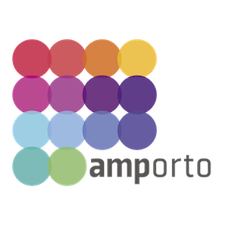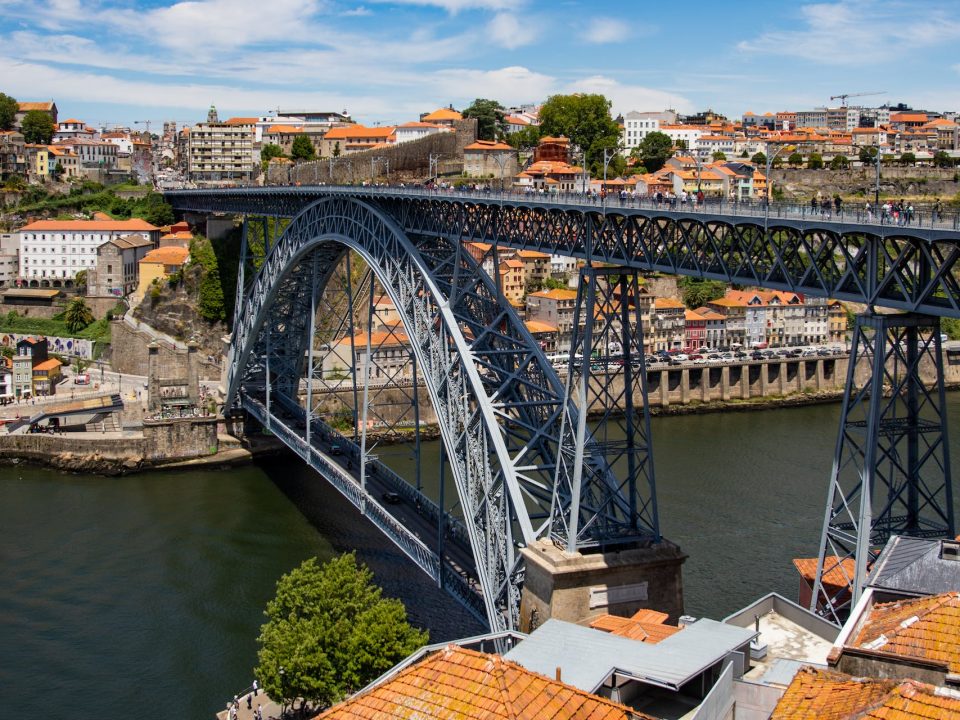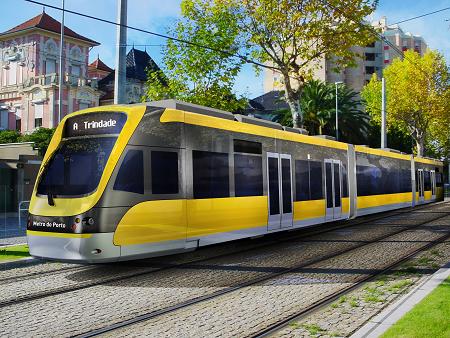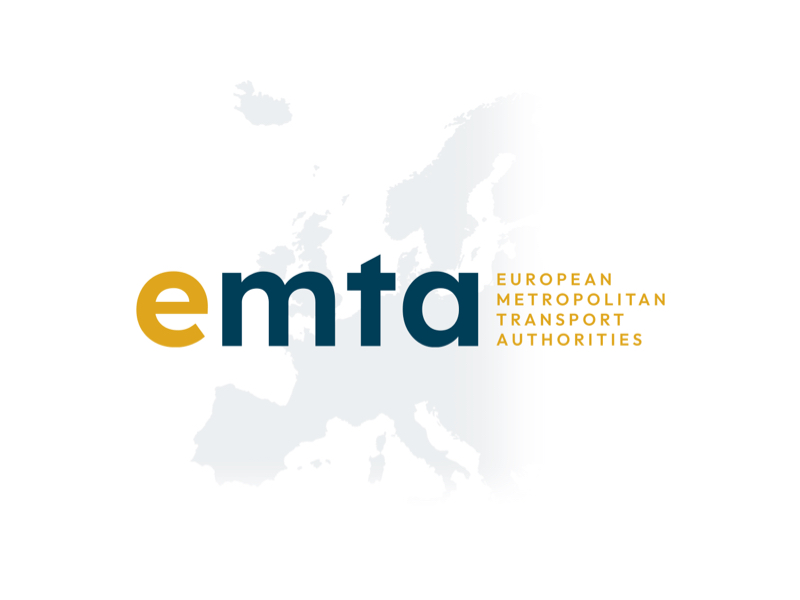Porto

Area Metropolitana do Porto
Palácio dos Correios – Rua do Estêvão, 21
4000-200 Porto
Portugal
Are you a registered member of EMTA? Log-in to access contact details.
Basic information
Name of the public transport authority: Porto Metropolitan Area
Name of the PTA in local language: Área Metropolitana do Porto (AMP)
Geographical area: The Metropolitan Area of Porto, also known as Área Metropolitana do Porto (AMP), covers the following municipalities: Arouca, Espinho, Gondomar, Maia, Matosinhos, Oliveira de Azeméis, Paredes, Porto, Póvoa de Varzim, Santa Maria da Feira, Santo Tirso, São João da Madeira, Trofa, Vale de Cambra, Valongo, Vila Nova de Gaia and Vila do Conde. These municipalities have traditionally had strong economic, social, and cultural links with the sea. The metropolitan area is the second largest urban area in Portugal, with a population in 2021 of 1,737,395 in an area of 2,040.31 km².
Inhabitants in the PTA area: 1.7 million
Responsibilities
Ticketing: The AMP is responsible for the management of the tariff system and compensation for social bonuses, including defining and financing the prices. However, the specifics of ticketing, such as the ticket system, ticket sales, and ticket inspection, are not managed directly by the transport authority.
Procurement:
The operation of public transport services is assigned through the establishment of public service contracts. Adjudication of these contracts is done through a public tender process that ensures the application of transparency and equal treatment principles for competing operators. In this context, an International Public Tender was conducted, adopting a regulated competition model where competition among transport operators is ensured externally to the provision of public transport services. This means that competition is expressed in the allocation of services rather than in the actual execution of the services themselves.
The Metropolitan Area of Porto acts as the transport authority by signing inter-administrative contracts. These contracts delegate and coordinate responsibilities with the 17 municipalities within its jurisdiction. Additionally, the Metropolitan Area collaborates with intermunicipal entities to manage and share responsibilities for inter-regional public transport services that cross municipal boundaries. Its competencies extend not only to intermunicipal services but also to municipal and inter-regional services.
Rolling stock and depot ownership: The operators own the rolling stock and the depots.
Public transport planning:
AMP is responsible for road transport services:
- Service Level Planning: Determining the optimal level of service for public transport within its jurisdiction on road transport service (bus)
- Route Planning: Deciding the routes that public transport services will follow.
- Timetable Planning: Accepting the proposal of the operators for the schedule for public transport services accordingly with a more general timetable.
Some of the specific responsibilities in planning also involve collaboration with other entities such as city councils and public transport operators.
Development of mobility policy / Transport system planning: AMP is responsible for the elaboration of the Sustainable Urban Mobility Plan (SUMP): Creating a strategic plan to satisfy the mobility needs of people and businesses in the metropolitan area for a better quality of life.
Marketing of public transport: AMP has the power to publicize the public passenger transport service, but currently does not have a marketing plan.
Passenger information: AMP centralises the passenger information within road public transport outside the central city of Porto.
Organisational model
Metropolitan/regional department
The Metropolitan Area of Porto (AMP) is an association of 17 municipalities with multiple purposes. Its territory is defined by the corresponding NUT III (Nomenclature of Territorial Units for Statistics), as established by Regulation (EC) No. 1059/2003. Since 2015 it is also a public transport authority by law.
Transport service contracting
Procured by the PTA: regional buses within the PTA
Not procured by the PTA. Most/al services accept PTA tickets: urban buses, regional trains, trams, light rail (metro)
Current developments
As of 2024:
- Metro do Porto Expansion on the Yellow Line: The existing Yellow Line is being extended to the south. The extension includes a 3.5 km dual-track light rail, a viaduct, three stations, and a 770 m-long tunnel.
- Pink Line (Circular Line): A new 3.1 km circular line will connect Casa da Música to Praça da Liberdade. It will feature four new stations and three ventilation shafts. Completion is anticipated by 2024.
- New Trains for Metro do Porto: Eighteen new trains have already been put into operation, with another 22 authorised for acquisition. These trains represent an investment of €56 million and are part of Metro do Porto’s efforts to enhance its services and meet growing demand.
- Metrobus Expansion: The Metrobus network, which uses hydrogen-powered buses, aims to connect Casa da Música to Praça do Império in 12 minutes and extend to Anémona in 17 minutes.
- Transportes Metropolitano do Porto (TMP): The creation of TMP, an enterprise that will belong to the AMP, to manage concessions for road passenger transport services integrated into the UNIR network. It will also incorporate the existing Andante intermodal ticketing system for all public transport in metropolitan area. The operation is set to begin in 2024.
These developments aim to enhance mobility, reduce emissions, and improve connectivity across the metropolitan area. As the projects progress, they will significantly transform public transportation in Porto and its surroundings.


